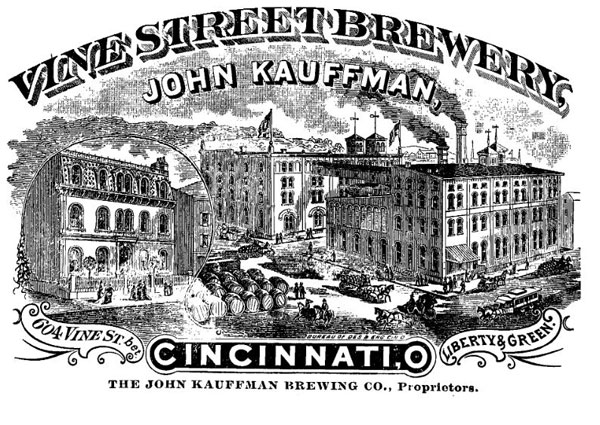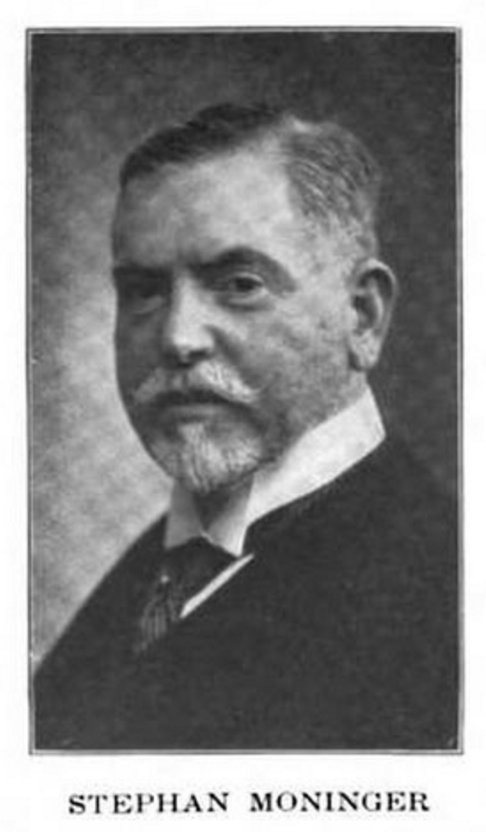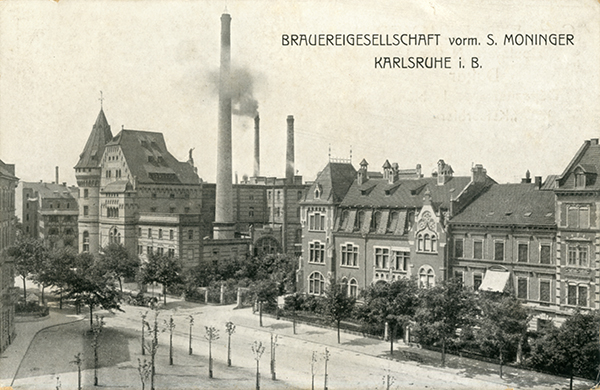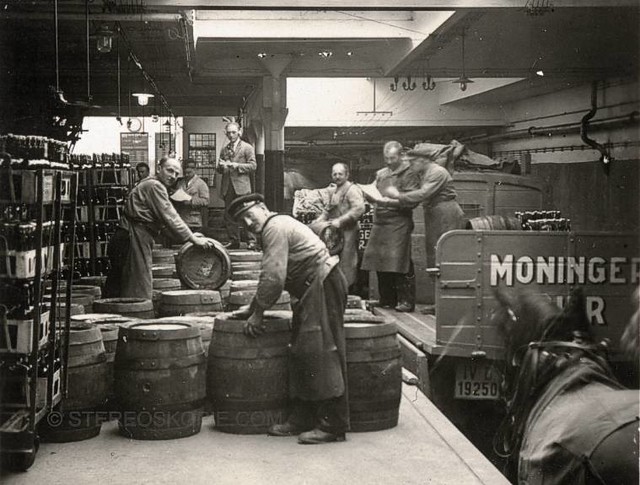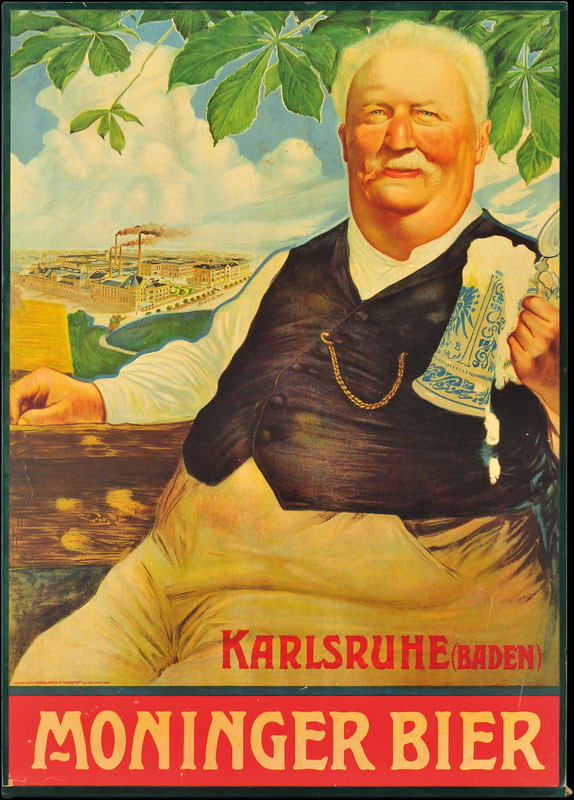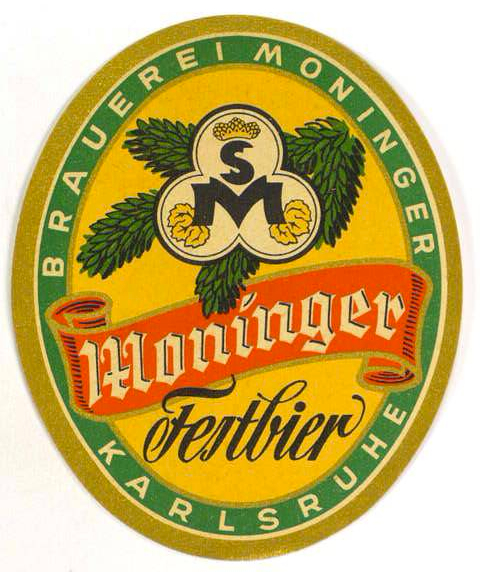![]()
Today is the birthday of George Christoph Schemm (December 28, 1862-October 20, 1904). He was the son of John G. Schemm, who in 1866 founded what became the J. G. Schemm Brewing Co. in Saginaw, Michigan. George took over his father’s brewery in 1899, incorporating the brewery. Schemm’s wife tried to keep it going after his death, but it closed in 1919 due to prohibition, and was sold to another business who tried reopening it as the Schemm Brewing Co. Inc., but it closed for good in 1938.

This is the only photo I could find of Schemm. That’s him in the middle row, seated on the left, as a member of the 1884 University of Michigan Football Team.
This is George Schemm’s obituary from the American Brewers’ Review in 1904:


In this blog post from Pure Saginaw, entitled “Saginaw’s Historic Schemm Brewing Co. ‘Pure and Without Drugs or Poison’,” George’s involment in the brewery is mentioned:
John’s son George C. Schemm also helped with the business and was well educated. He graduated from the University of Michigan with a degree in medicine and was a practicing physician in Saginaw. After the passage of the food and drug act of 1906 requiring truth in labeling, “pure and without drugs or poison” was added to the bottles. It seems kinda funny to read it now, I can’t imagine a beverage manufacturer ever referring to poison on their bottles but the Schemm brewery and family was well respected by the people of Saginaw and known for the high quality of the beer they brewed.
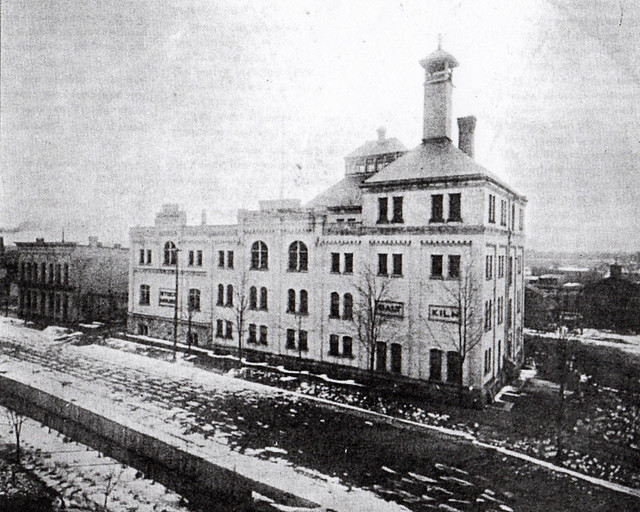
This short account is from “100 Years of Brewing,” published in 1903.
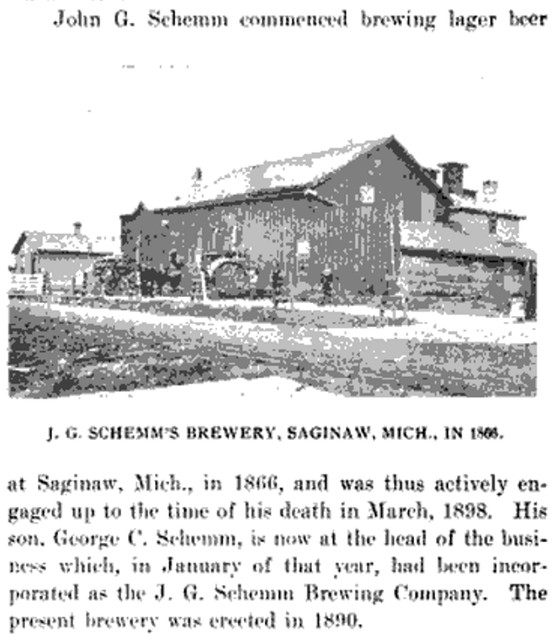

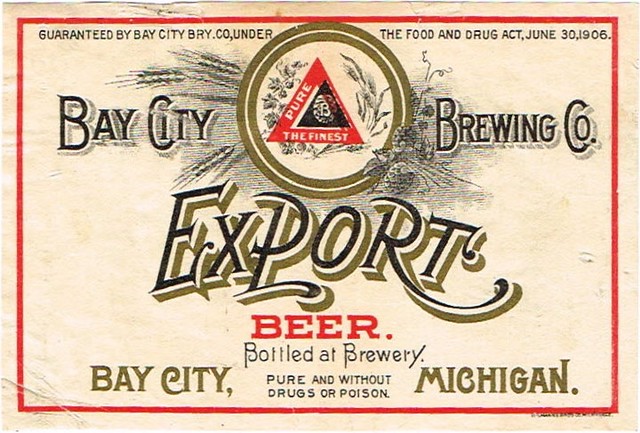
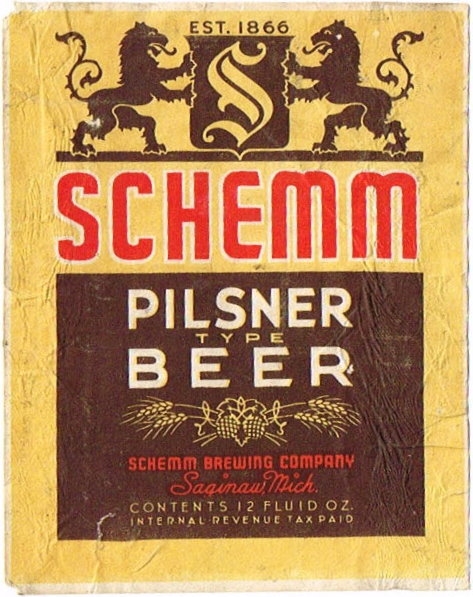







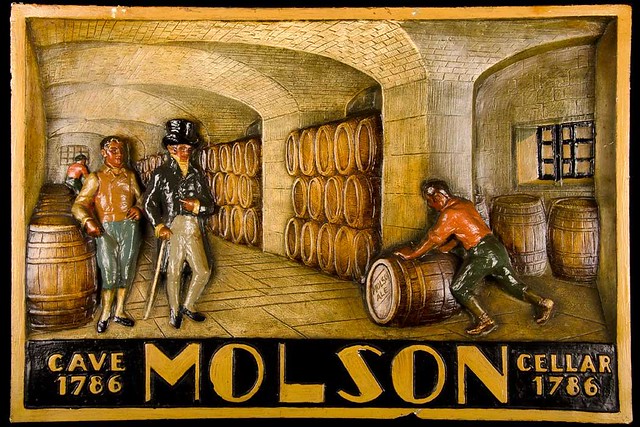



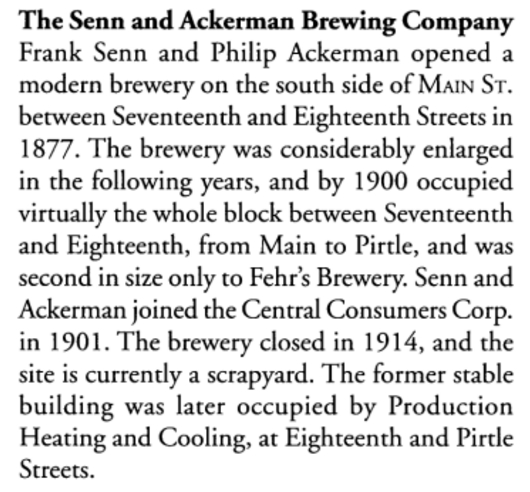

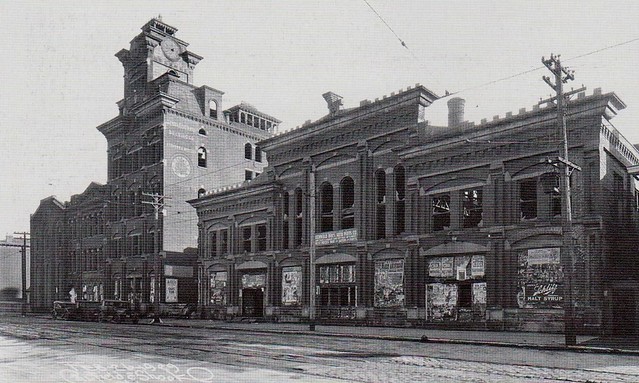

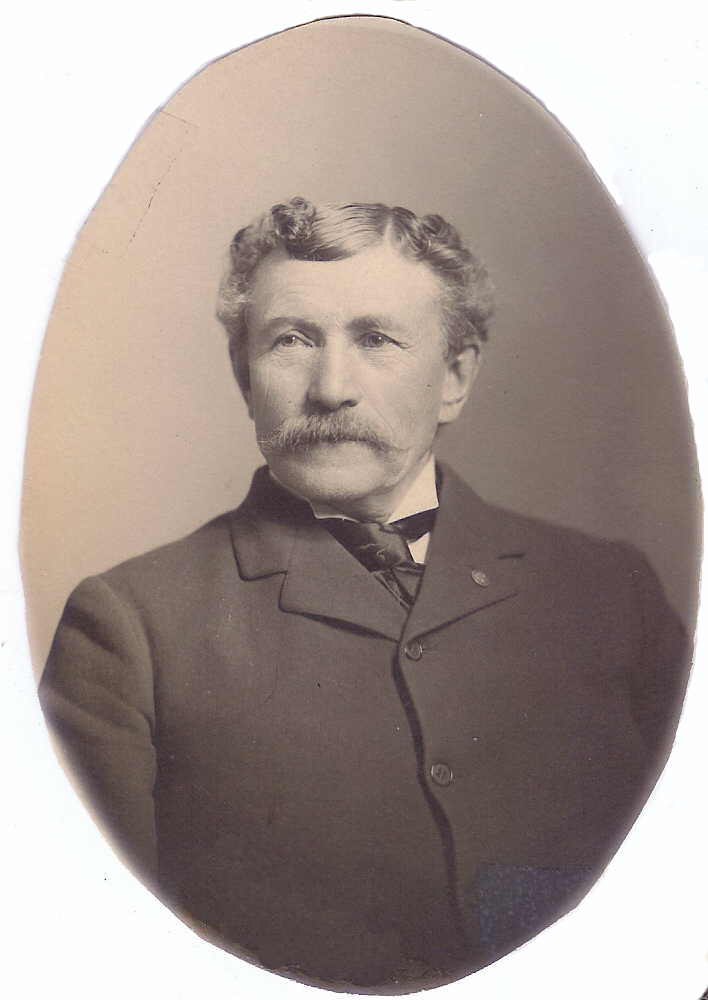
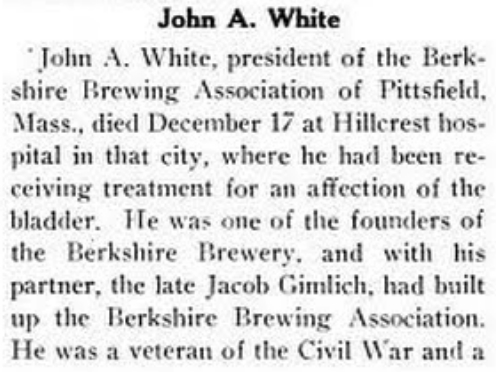
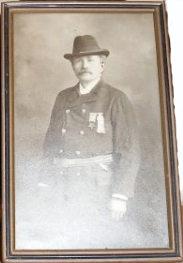


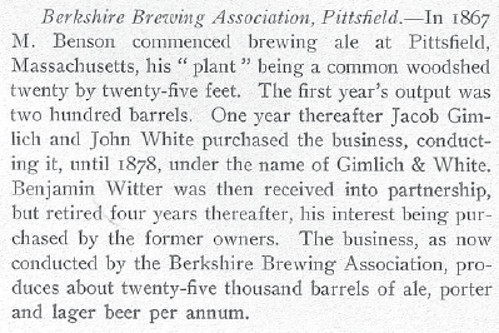

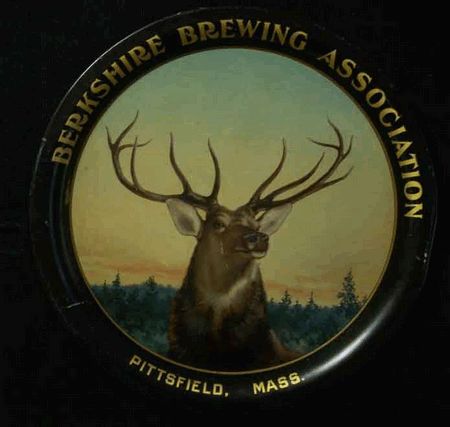
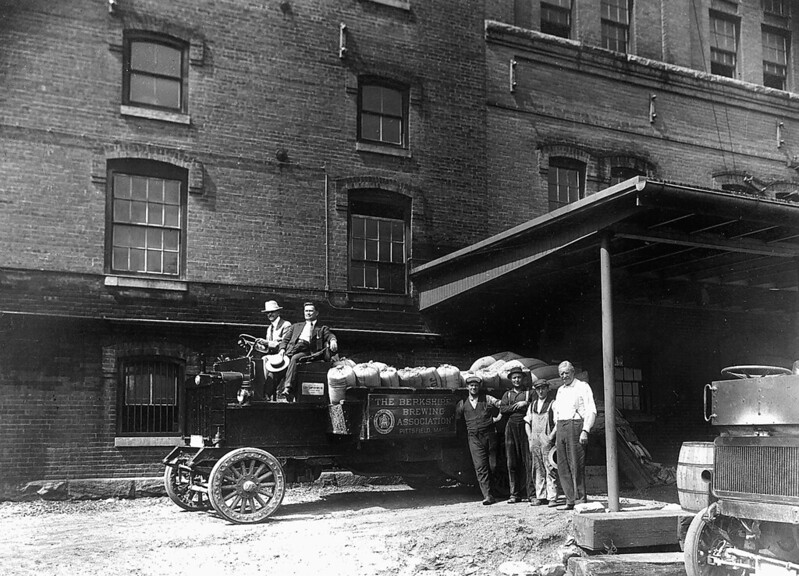 A brewery delivery truck around 1905.
A brewery delivery truck around 1905.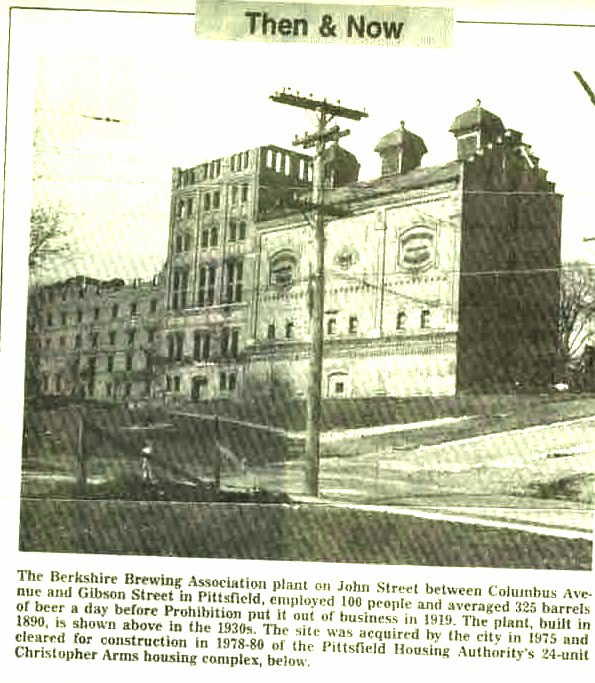

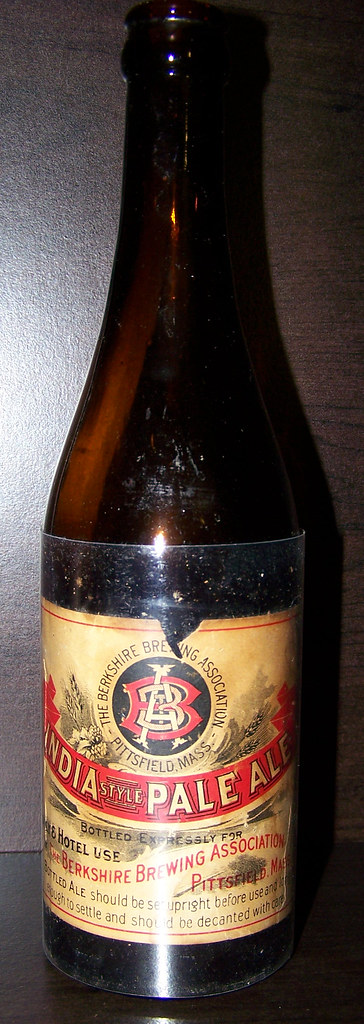
 Here’s the letterhead from the John Kauffman Brewing Co.
Here’s the letterhead from the John Kauffman Brewing Co.